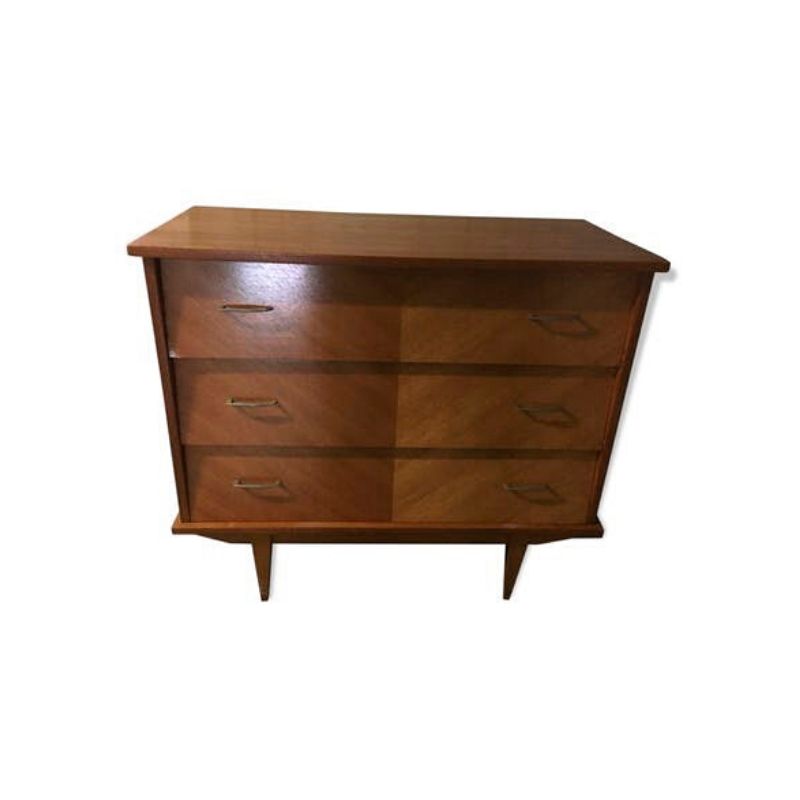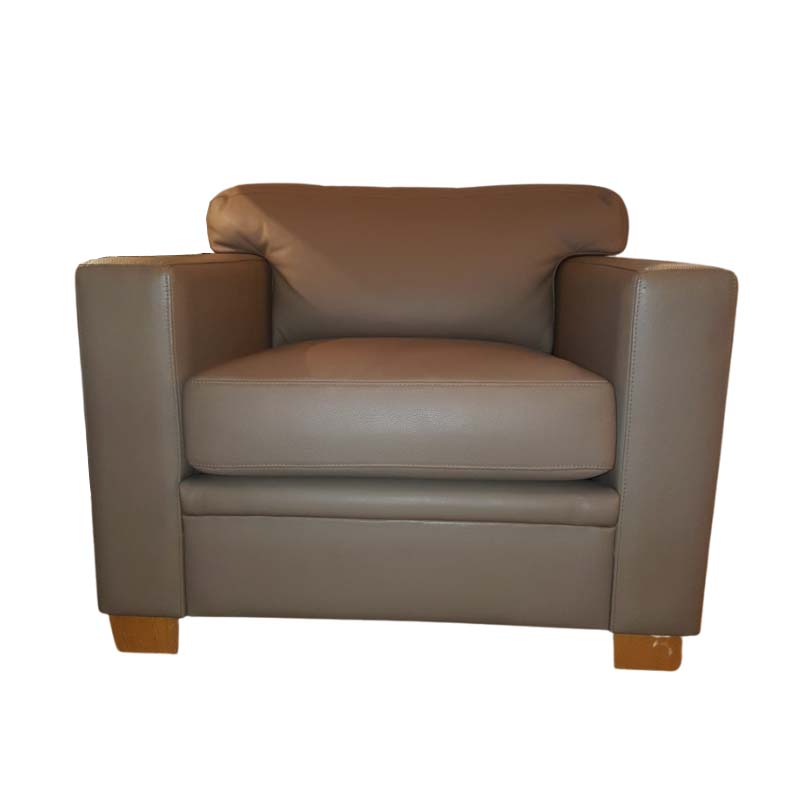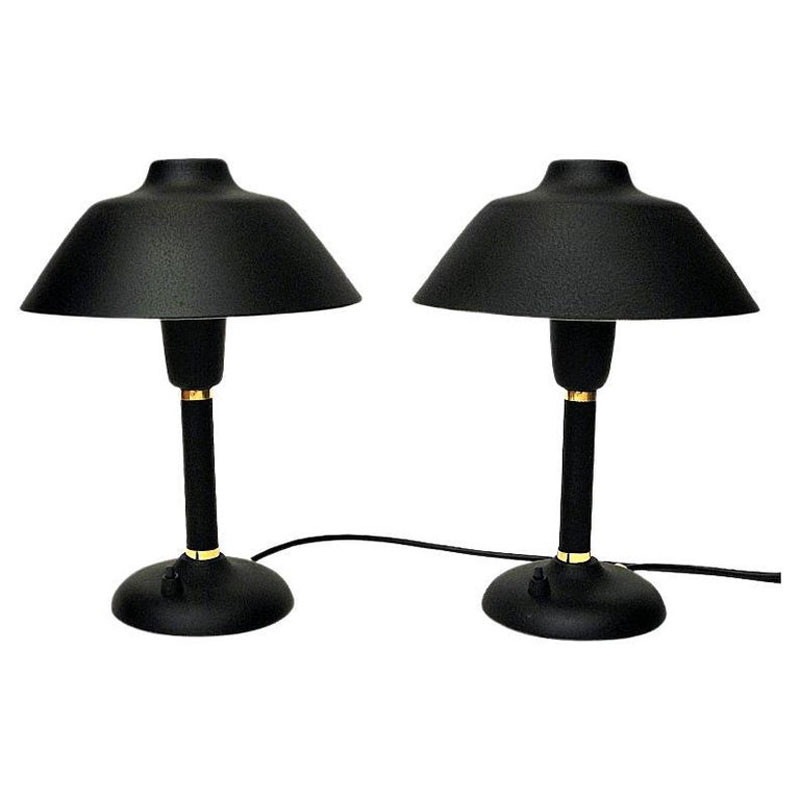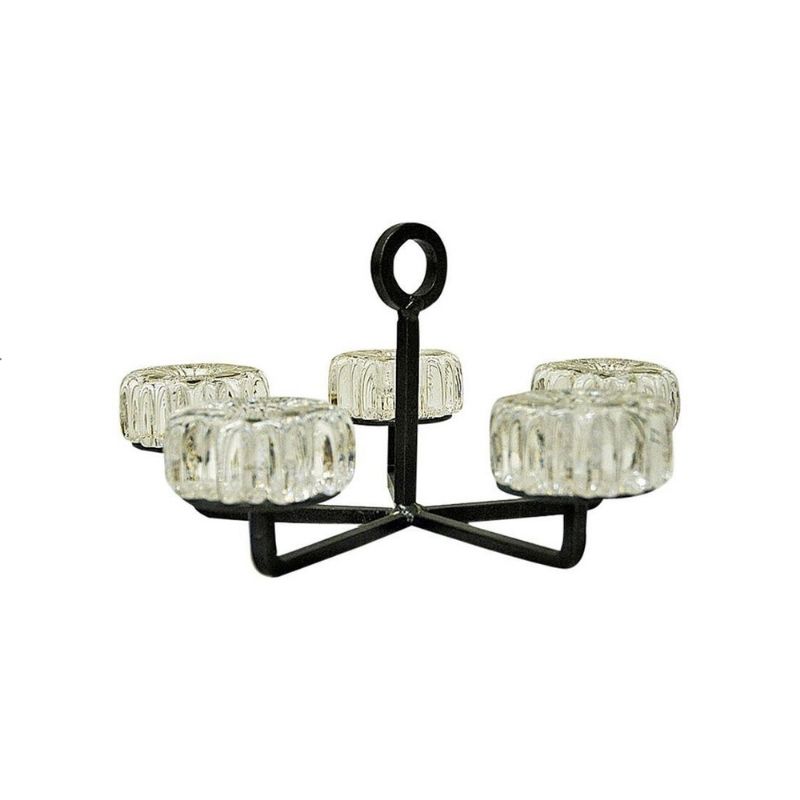Good day,
I was hoping to get the following question answered in regards to my DCW chairs. Firstly, which of the two is older: 1) A DCW in ash with no tags and inscribed or etched "DCW" with a screw pattern of 5-2-4 or 2) A dark walnut Evans Product DCW chair with a screw pattern of 5-2-5?
Thank you in advance
I searched the Eames Raisonne
It seems that the Evans product is the earlier of the two, however, I did not see any examples in the walnut stain. Was this an option?
Secondly, out of the two is the ash more desirable from a collecting standpoint?
Lastly, why is the Ash chair simply etched "DCW"? Thank you in advance
Interesting comment
Lunch Box.
Nonetheless, have you folks noticed that the early Evans model is thinner in comparison to the 1950's model. Take a look at the images of the Evans Chair on the left in comparison to the 1950 chair. There is a considerable difference in the neck region of the chair. Additionally, in the second caption notice the difference between the two in relation to their profile.
That being said is this a normal occurence between the two production series? Lastly, the wife has weighed in on this discussion and informed me that I can only keep one, hmmmm. I choose the Evans model...... Perhaps modernasia will pick up the other one up when I sell it..... =)
Evans
Evans: 1946-1949
Herman Miller 1949-present with a gap somewhere in the 90s.
I believe they offered several different wood varieties on the plywood series from the start - I think that was part of the appeal; get a mahogany chair for the price of ash.
Its my opinion that the walnut is more desirable.
This might be of interest:
In regard to the post above, both Herman Miller's website and the books "Eames Design" and "The Story of Eames Furniture" by M. Neuhart say the plywood-leg chairs (DCW, LCW) were discontinued in 1957. They were reissued in 1994.
The metal-leg chairs (DCM, LCM) were produced for a much longer period of time.
I have both an Evans LCW and a 1950s LCW. There are differences in the dimensions and 'roundness' of the back spine.
http://www.hermanmiller.com/DotCom/jsp/aboutUs/timelineDetail.jsp?timeId...
I couldn't tell you for sure...
I couldn't tell you for sure what kind of wood the Evans chair is. It looks to my eye like dark stain on light wood, maybe Ash? I know that some early chairs were stained that way to look like mahogany. Have a glance through examples on the Wright20 Auction site. They've had chairs of all types.
The veneer on my LCW very strongly resembles teak, but I know the likelihood of that is stupidly low. Therefor, I accept that is probably just walnut.
I would be
surprised to learn that any Eames wood furniture was stained. The point of using the different species is to provide different wood tones for different interior-design requirements. Architects like fine woods presented in their natural state -- whereas "designers" (and run-of-the-mill manufacturers) like the convenience of stains, which (among other things) can disguise poorly-sourced woods which have too wide a degree of coloration within one specie.
I would expect stained examples of Eames chairs to have been altered by subsequent owners -- though I do no know the facts.
I'm not sure what differences Lenox detects in the profile comparison view above. I do know, and have previously reported, that recent production of the DCW (and presumably the LCW) have a central spine member which is of consistent thickness (not width) throughout, as compared to the original, which had tapered plies and a varying thickness over the length of the piece -- presumably corresponding to the varying loading at different parts of the spine. This is not detectable in the photo above, as far as I can tell.
A possible exception
to the above would be the case of walnut, which in my experience can be remarkably fickle as to color retention. I have used solid walnut which faded to almost blond over a period of less than ten years. It is possible that, to counter this possibility, even a sophisticated manufacturer might resort to stain as a preventive. . .
I'm seeing
only the second photo, above -- the first is not appearing for me. In the second photo, I see that the spine is wider (not thicker); the seat difference is less clear, but could be established by measurement.
My question had to do with your earlier photo of the chairs back to back, in side view. I'm not sure what differences are visible there.
If you have both chairs in your possession, measurements could be taken to record the differences between the old and the new chair. I am interested to know if you find the changes in spine *thickness* that I mentioned . . .
If you need any help, please contact us at – info@designaddict.com









